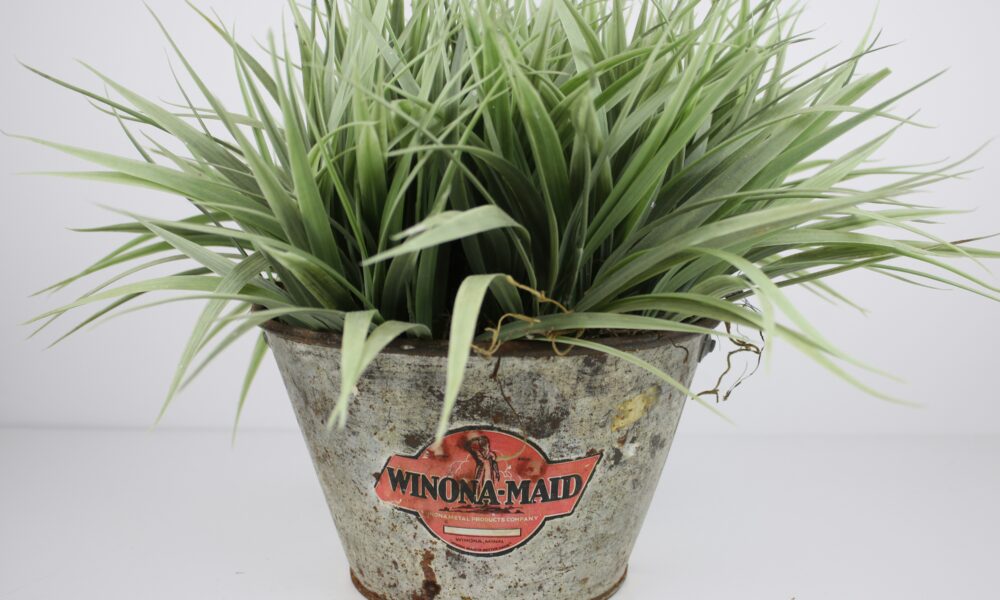Introduction to the Used Thong Market
The world of fashion has always had its quirks, but few niches can compare to the intrigue surrounding used thongs. Yes, you read that right—used thongs! This unconventional market has quietly emerged and gained traction among those seeking unique forms of self-expression or perhaps a touch of thrill in their purchasing choices. What drives individuals to buy and sell these intimate items? And what does it say about our society’s evolving views on personal property and sexuality?
As we peel back the layers (so to speak), we’ll dive into this fascinating subculture, exploring motivations, controversies, and even safety concerns. Whether you’re just curious or considering dipping your toes into this unusual pool, there’s much more than meets the eye when it comes to used thongs. Join us as we uncover the secrets behind this unspoken market!
Why Do People Buy and Sell Used Thongs?
The allure of used thongs can be quite surprising. Many buyers seek them out for personal reasons, often tied to fetishism or the thrill of acquiring something intimate.
For some, it’s about nostalgia. A favorite style might no longer be in production, leading enthusiasts to search the second-hand market for that specific piece.
Others find excitement in the stories behind these garments. Each item carries a history that adds to its appeal; it’s not just a piece of fabric but an experience waiting to be uncovered.
Sellers also have their motivations. Some see it as a profitable side hustle, capitalizing on niche markets with devoted customers ready to pay premium prices.
This unique marketplace thrives on personal connections and individual desires—elements that make the sale and purchase feel so much more meaningful than just exchanging money for an object.
The Controversy Surrounding Used Thongs
The market for used thongs often stirs heated debates. Critics argue that selling intimate apparel crosses personal boundaries and raises ethical concerns.
Many question the hygiene aspect of purchasing worn items. The thought of wearing something previously used can be unsettling for some, leading to health risks if not properly sanitized.
On the flip side, proponents advocate for body positivity and open-mindedness. They see it as a form of self-expression or an alternative lifestyle choice.
Legal issues also come into play. In certain regions, there are laws governing the sale of secondhand clothing that sellers must navigate carefully.
Social stigma remains prevalent too. Buyers and sellers may face judgment from friends or family, adding another layer to this complex issue. Each perspective reveals how varied opinions shape the landscape around this niche market.
Where to Find and Purchase Used Thongs
If you’re curious about entering the world of used thongs, there are several online platforms to explore. Websites like eBay and Etsy have sections dedicated to vintage lingerie, where you might stumble upon some unique finds.
Specialized marketplaces cater specifically to this niche. Sites such as ‘Buy My Thong’ or ‘PantyDeal’ allow sellers and buyers to connect directly. These platforms often feature user profiles with reviews, ensuring a level of trustworthiness in transactions.
Social media also plays a role here. Groups on Facebook and Instagram accounts focus entirely on selling used underwear. Always keep an eye out for authentic sellers who provide clear images and descriptions.
For those feeling adventurous, local thrift stores sometimes hold unexpected treasures tucked away on their racks. A little exploration can lead to surprising discoveries!
How to Sell Your Own Used Thongs
Selling your own used thongs can be an intriguing venture. Start by ensuring they are clean and in good condition. Presentation matters, so consider taking high-quality photos that showcase the items.
Choose the right platform. There are dedicated websites where buyers seek out unique pieces like yours. Social media groups also provide a great space for this niche market.
Craft an appealing description for each thong you list. Highlight any unique features or stories behind them—this adds value to your offering.
Pricing is key; research similar listings to find a competitive price point. Don’t forget shipping considerations if selling online.
Engaging with potential buyers is essential too. Be open to questions and communicate clearly to build trust within this unconventional marketplace.
The Potential Risks of Buying and Selling Used Thongs
Engaging in the used thong market comes with its fair share of risks. Hygiene is a primary concern. Used undergarments, regardless of their condition, may carry bacteria or other pathogens.
There’s also the potential for scams. Some sellers might misrepresent their items, leading to disappointment upon delivery. Buyers should be cautious and do thorough research before making a purchase.
Privacy issues can arise as well. Transactions often require personal information that could be vulnerable to data breaches or misuse.
Additionally, legal implications exist depending on your location. Not all areas permit the sale of used clothing items like thongs due to health regulations.
There are emotional aspects to consider; some people may judge those who buy or sell such items. This stigma can create an uncomfortable experience for participants in this niche market.
Conclusion: Is the Used Thong Market Here to Stay?
The used thong market has carved out a niche that many may find surprising. Despite its controversial nature, there’s no denying the growing interest in buying and selling pre-owned intimate apparel. Factors like personal connections to unique items, thrill-seeking behavior, or even financial incentives play significant roles in this trend.
Various platforms facilitate these transactions, allowing both buyers and sellers to navigate this unconventional marketplace with relative ease. While some might raise eyebrows at the idea of purchasing or selling used thongs, it undeniably appeals to a sector of consumers drawn by curiosity or desire.
However, it’s essential to recognize potential risks involved in such dealings—hygiene concerns and scams are prevalent issues that warrant caution. As with any transaction that strays from societal norms, clear communication and transparency become vital for all parties involved.
As society evolves and attitudes shift towards stigmatized subjects like sexuality and personal expression, one can’t help but wonder if this market will continue thriving. With community support and increasing acceptance around alternative lifestyles, there’s a strong possibility that the allure of used thongs is not merely a fleeting fad but rather an evolving part of consumer culture that’s here for the long haul.











